Ammonium Purpurate
₹0.00 – ₹7,200.00
Ammonium purpurate, also known as murexide, is a purple crystalline solid used primarily as a complexometric indicator in chemical analysis, particularly for calcium ions. Its color changes depending on pH, making it valuable in titration processes.
Ammonium purpurate, commonly known as murexide, is a fascinating organic compound with a rich history and specific applications in analytical chemistry. Here's a more detailed description:
Chemical Properties and Characteristics:
- Chemical Formula: C₈H₈N₆O₆ (or sometimes presented as the ammonium salt of purpuric acid)
- Appearance: Dark purple crystals or powder.
- Color Change: Exhibits a distinct color change depending on pH and the presence of metal ions, particularly calcium.
- Solubility: Slightly soluble in cold water, more soluble in hot water.
- Chemical Nature: It's an ammonium salt of purpuric acid, a complex organic molecule.
- Complexometric Indicator: It forms colored complexes with metal ions.
Applications and Uses:
- Complexometric Titrations:
- Murexide is primarily used as a complexometric indicator, especially in the titration of calcium ions.
- It's valuable in determining the hardness of water.
- The color change provides a clear endpoint in titrations.
- Analytical Chemistry:
- It is a reagent used in analytical chemistry.
- Dyeing:
- Historically, it was used as a dye, although this application is less common today.
Color Changes and Mechanism:
- In alkaline solutions, murexide exhibits a purplish-red color.
- When calcium ions are added, the color changes to a pink or orange-red.
- This color change is due to the formation of a metal-murexide complex.
- The color of the unbound murexide molecule is dependant on pH.
Safety Considerations:
- Irritant:
- Murexide can be an irritant to the skin, eyes, and respiratory tract.
- Handling:
- It's essential to handle this chemical with care, using appropriate protective equipment.
- Avoid inhalation of dust.
Key Points:
- Ammonium purpurate (murexide) is a valuable indicator in complexometric titrations.
- Its ability to change color in the presence of calcium ions makes it particularly useful in water hardness determination.
- While not highly toxic, care should be taken when handling it.
Additional information
| Weight | N/A |
|---|---|
| CAS number | 3051-09-0 |
| Chemical formula | C₈H₈N₆O₆ |
| Molar mass | 284.19 g/mol |
| Physical state | Dark red to purple Crystalline solid or powder. |
| Odor | Odorless |
| Melting point | Decomposes above 300°C. |
| Boiling point | Decomposes before boiling. |
| Density | NA |
| Solubility in water | Slightly soluble in cold water, more soluble in hot water. |
| Flash point: | NA |
| Autoignition temperature | NA |
| Dye Content | NA |
| Vapor pressure | Negligible |
| UN number | NA |
| Flammability | Not-flammable. |
| Carcinogenicity | There's no strong evidence of carcinogenicity. |
| Grade | CP |
| Size | 100 GM, 500 GM, 5 KGS |
Only logged in customers who have purchased this product may leave a review.

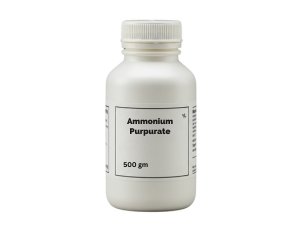
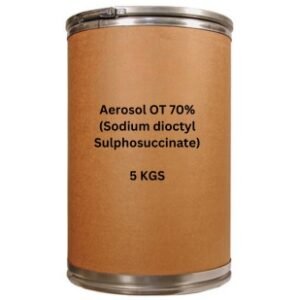
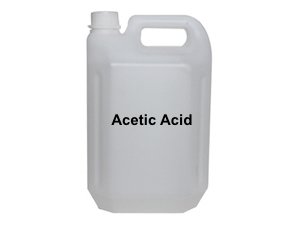

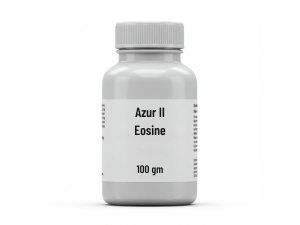
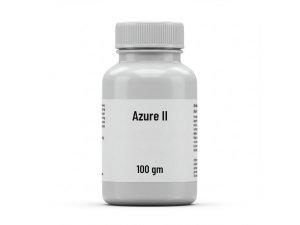
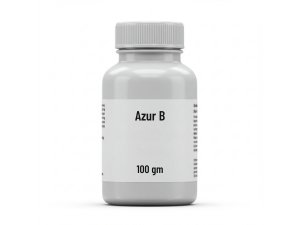
Reviews
There are no reviews yet.